
As we pointed out recently, mountain bikers’ opinions on electric bikes are shifting. As these bikes become more widely available, it’s important for land managers and advocates to consider how increased adoption might affect trails, access, and other trail users. With that in mind, IMBA just updated their e-bike policy.
IMBA is supportive of Class 1 e-MTB access to non-motorized trails when the responsible land management agency, in consultation with local mountain bikers, deem such eMTB access is appropriate and will not cause any loss of access to non-motorized bikes.
Let’s break this down. First, Class 1 electric mountain bikes are those that are pedal assisted (no throttle) with a regulator that cuts assistance at 20mph. Further, electric bicycles are classified as those with motors capable of producing less than 750 watts. There are other classes of electric bikes that offer assistance at higher speeds and/or include a throttle (no pedaling required,) but those are not covered in IMBA’s policy.
Next, let’s talk about non-motorized trails. Prior to this update, IMBA was working off their 2015 Motorized/Nonmotorized Recreation Policy Statement which basically says mountain bikers shouldn’t be lumped in with motorized trail users. As an interesting aside, this policy document also states IMBA’s objection to the use of the word “mechanized” when referring to bicycles. Could this be laying the groundwork for a challenge to mountain bikes’ exclusion from Wilderness areas?
[see_also id=’219298′]
Within the USA, there are often overlapping groups of users who are allowed access to individual trails. For example, some trails might be open to hikers only, while others are open to hikers, bikers, and equestrians. Non-motorized trails are those that are closed to motorized vehicles, and this is where electric bikes present both a question and a challenge. Sure, everyone agrees that electric bikes should be allowed on motorized trails just like gas and human powered bikes. But is an electric bike motorized in the same way as a dirt bike?
Back in 2015, IMBA’s policy was that electric bikes should indeed be treated the same as any other motor vehicle.
However, the use of a motor whether internal combustion or electric would require changing the classification to a motorized use. IMBA would support the use of e-Bikes anywhere that we could also support other motorized uses. [2015 policy]
IMBA’s opinion then, like many mountain bikers’, was pretty black and white. But in the intervening 2 years, it seems some land managers have started to indicate a willingness to allow electric bicycles on non-motorized trails, essentially making an exception.
This new policy doesn’t go so far as to say IMBA will advocate for electric mountain bike access–the use of the word supportive seems to merely indicate they won’t oppose e-bike access in situations where land managers and local riders are already on board. Essentially, it’s up to those land managers and local mountain bikers to decide whether e-bike access is appropriate.
IMBA also makes it clear they will only be supportive of electric bikes on non-motorized trails if there are assurances this access won’t reduce access for traditional mountain bikes. This last bit addresses one of the strongest arguments most mountain bikers have against e-bikes, namely that they will cause us to lose access to existing trails.
[see_also id=’219257′]
While IMBA hasn’t gone so far as to advocate for electric mountain bike access in this policy update, they are showing flexibility in the face of an uncertain and inconsistent regulatory environment. Will this be the last time this policy is updated? Probably not. Everyone, from riders and advocates to regulators and manufacturers are still trying to figure out how this whole electric mountain bike thing is going to work.
Check here for more information about how various land agencies currently define and regulate motorized vehicles on natural surface trails.













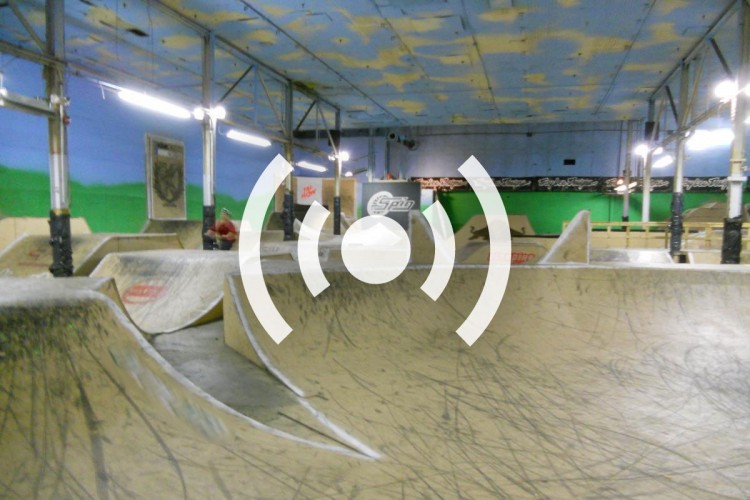
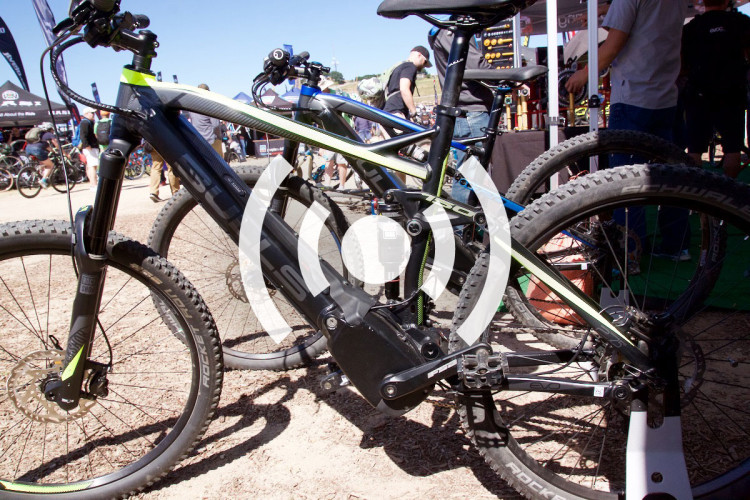

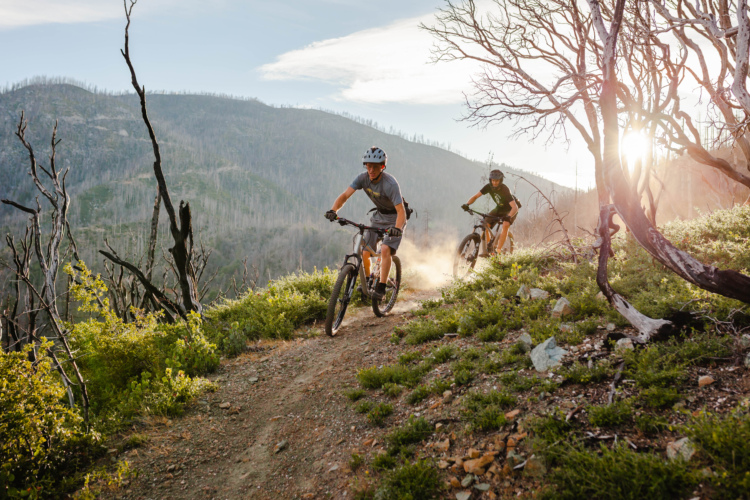

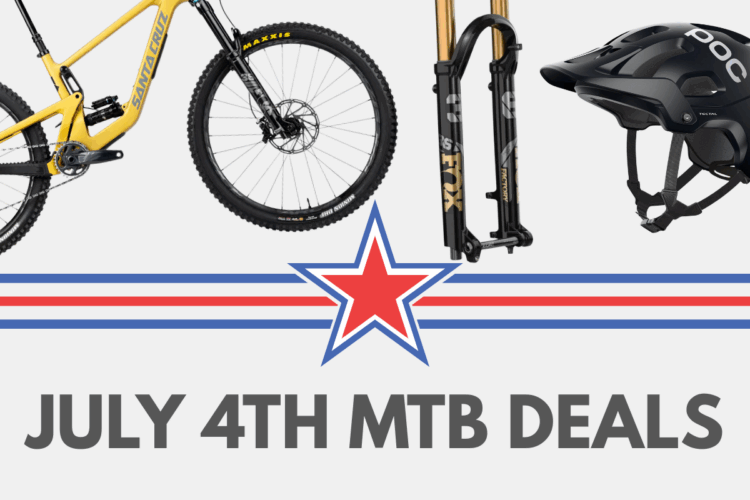
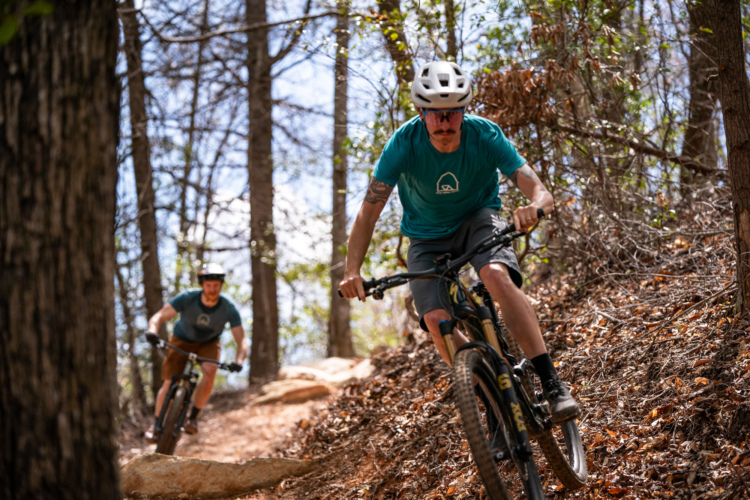

11 Comments
Nov 16, 2017
Apr 29, 2018
Sincerely...
Nov 16, 2017
Jun 11, 2018
Nov 16, 2017
Jun 11, 2018
But I'm sure you realize NYC is crowded as hell, right?
By the way, every e-bike on the road is one less car on the road.
Nov 20, 2017
Jun 11, 2018
Nov 20, 2017
I personally think IMBA has found a nice balance here. The updated policy is neither friendly nor hostile toward e-bikes.
Dec 2, 2017
Dec 4, 2017
If you look at how most non-profits work, board members are often chosen based on their abilities to raise funds, not necessarily based on their ability to represent various constituencies. I'm not in that world so I can't say how effective or wise this is, but it's pretty standard. Of course the board members themselves can and do collect member input--surveys, staff queries, conversations, etc.
Looking at IMBA's board, they actually have a mix of club representatives (MORE, Midwest chapters), finance guys who can fundraise, brand reps (Yeti, SRAM), retailers (REI), and legal/policy experts. Again, I personally see IMBA as representing all of mountain biking, not just the grass roots, which in theory gives them more clout and credibility in the world. Also, keep in mind that IMBA staffs regional groups like SORBA, so there is no need to take up a board seat with those staff members.
| Is that how approximately 33,000 members want their association to be governed?
I guess I'm not sure what the alternative is. Are you suggesting membership organizations should hold an organization-wide vote for every decision? Should the person who puts in 200 volunteer hours every year get the same vote as the person who just pays their $30 dues? I don't have an answer either way, just suggesting that governing through direct voting could be difficult to manage and might not yield the best results.